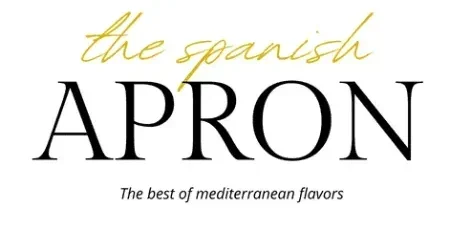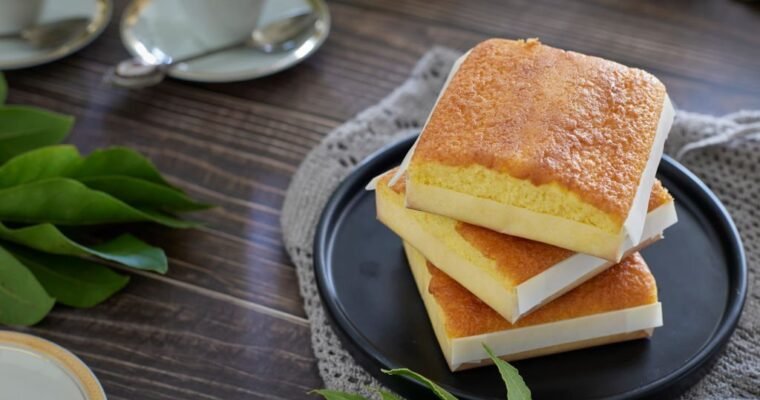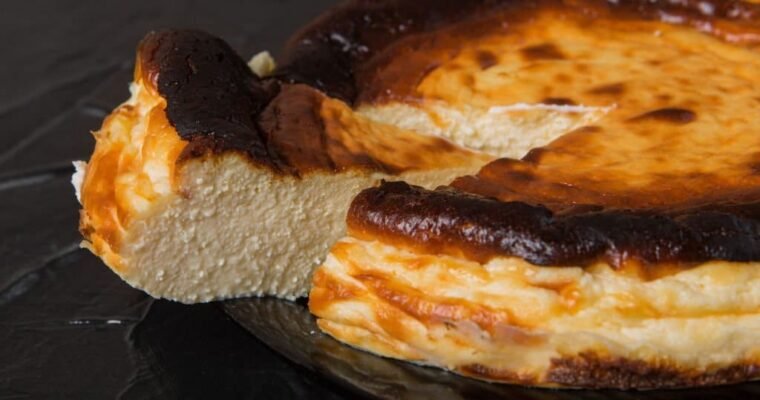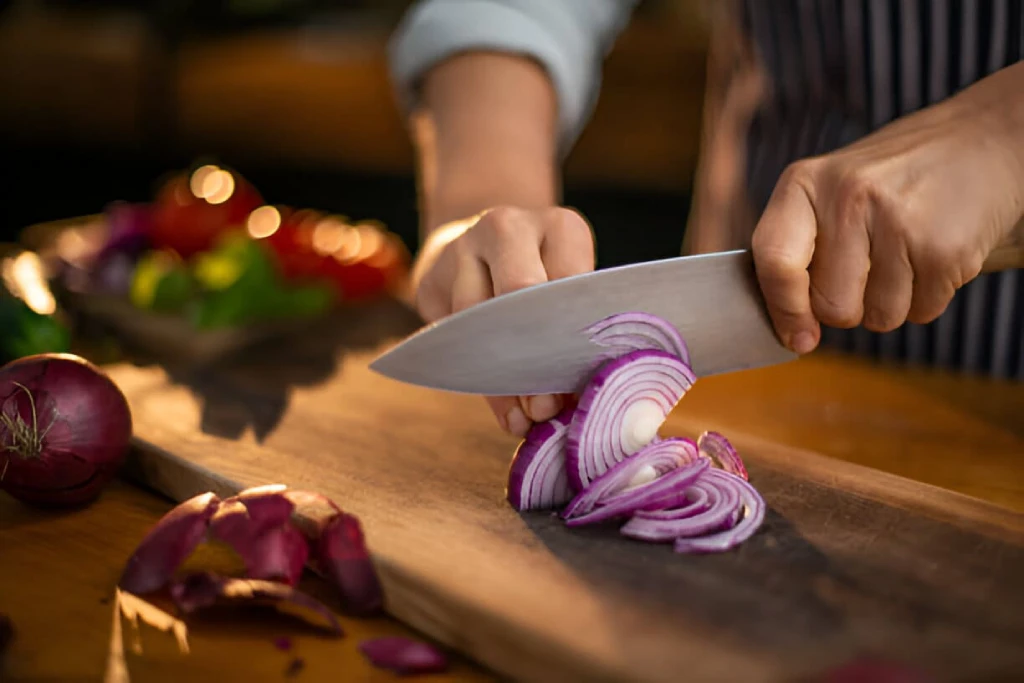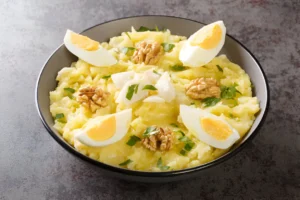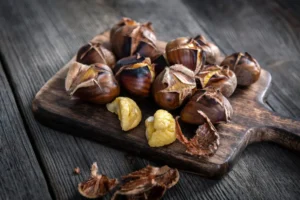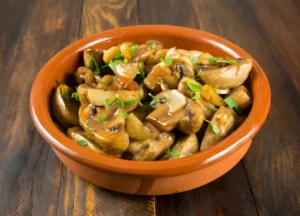Huevos Rotos, or “broken eggs”, is a classic Spanish dish that has been enjoyed for generations. This simple yet delicious meal consists of fried eggs served over homemade potato fries, often accompanied by ham or chorizo. The name “Huevos Rotos” comes from the tradition of breaking the yolk of the fried egg, allowing it to mix with the potatoes and meat, creating a delightful combination of flavors.
History of Huevos Rotos
The origins of Broken Eggs are somewhat unclear, but it is widely believed to have originated in Madrid, Spain’s capital. The dish was traditionally served in taverns and bars as a hearty meal for workers. Over time, it has become a staple in Spanish cuisine, enjoyed by locals and tourists alike.
The Art of Making Huevos Rotos
The Eggs
The heart of Huevos Rotos is the Spanish fried egg. Unlike the typical fried egg, the Spanish version is cooked in a generous amount of olive oil, resulting in a crispy edge and a runny yolk. The key is to cook the egg at a high temperature, which allows the edges to crisp up while keeping the yolk runny. Once cooked, the egg is placed on top of the potatoes and the yolk is broken, hence the name “broken eggs”.
The Potatoes
The base of Broken Eggs is made from homemade french fries or homemade potato fries. The potatoes are cut into thick slices or wedges and then fried until golden brown. Some prefer to double-fry their potatoes for extra crispiness.
The Meat
Huevos Rotos is typically served with ham or chorizo. The choice of meat can vary depending on personal preference and regional variations. In some parts of Spain, it is common to use Iberian ham, a type of cured ham that is renowned for its rich flavor.
Variations of Huevos Rotos
While the traditional Broken Eggs consists of fried eggs, potatoes, and ham or chorizo, there are numerous variations of this dish. Some versions include additional ingredients such as peppers, onions, or cheese. Others replace the ham or chorizo with different types of meat, such as bacon or sausage.
Potato Cutting Styles for Perfect Huevos Rotos
When making Huevos Rotos, you have some flexibility in how you cut the potatoes. The way you cut the potatoes can affect the texture and appearance of the final dish. Here are a few common variations in cutting the potatoes for Huevos Rotos:
- Thin Strips (French Fry Style): This is the most traditional and common way to cut the potatoes for Huevos Rotos. You can cut the potatoes into thin strips resembling french fries. These thin strips fry up to be very crispy and create a classic base for the dish.
- Cubed Potatoes: Instead of strips, you can cube the potatoes into small, bite-sized pieces. Cubed potatoes will provide a slightly different texture and appearance to your Huevos Rotos. They’ll be crispy on the outside and tender on the inside.
- Shoestring Potatoes: For a more delicate and elegant presentation, you can cut the potatoes into very thin, shoestring-like strips. These thin strips will fry quickly and become extra crispy, offering a different texture and visual appeal to the dish.
- Waffle Cut Potatoes: To get creative and unique with your presentation, you can use a waffle cutter to create waffle-cut potato slices. These slices have a distinct pattern and can add an artistic touch to your Huevos Rotos.
The choice of how to cut the potatoes is a matter of personal preference. Each style offers a slightly different eating experience, but all can be delicious in their own right. You can experiment with different cutting techniques to find the one that suits your taste and presentation preferences.
Tips and Tricks
When making Huevos Rotos, there are a few tips and tricks that can enhance the dish:
- Use high-quality, fresh ingredients. This will significantly improve the taste of the dish.
- Don’t be shy with the olive oil. It adds flavor and helps to achieve the desired texture for the eggs and potatoes.
- Break the egg yolk just before eating. This ensures that every bite is coated with the delicious, runny yolk.
Conclusion
Huevos Rotos is a testament to the beauty of Spanish cuisine – simple ingredients combined in a way that creates a dish that is more than the sum of its parts. Whether you’re a fan of eggs and ham, a lover of chorizo, or simply someone who appreciates good food, Huevos Rotos is a dish that is sure to delight.

Huevos Rotos: How to Make a Spanish Delight
Ingredients
- 2-3 Large potatoes
- 4 Eggs
- 2-3 Cloves of garlic minced
- ½ cup Olive oil extra virgin
- Salt and pepper to taste
- Sliced ham or chorizo (optional)
- Fres parsley for garnish chopped
- ½ Onion, thinly sliced (optional)
Instructions
- Heat the olive oil in a large, deep frying pan over medium-high heat.
- Add the potato strips to the hot oil, ensuring they are spread out evenly in the pan. You may need to fry the potatoes in batches if your pan is not large enough. Fry the potatoes until they are golden brown and crispy. This should take about 10-15 minutes. Use a slotted spoon to remove the fried potatoes from the oil and place them on a plate lined with paper towels to drain excess oil. Season with salt and pepper while they're still hot.
- In the same pan, remove most of the oil, leaving just a couple of tablespoons. If you're using sliced onions, add them to the pan and sauté until they are soft and translucent.
- Add the minced garlic to the pan and sauté for about 1 minute until it becomes fragrant.
- In the same pan, create small spaces for the eggs by pushing the potatoes aside. Crack the eggs directly into these spaces. Season the eggs with a pinch of salt and pepper.
- Cook the eggs to your desired level of doneness. You can have runny yolks or cook them longer if you prefer them firmer.
- If you're using ham or chorizo, you can add it to the pan now and allow it to heat through as the eggs cook.
- Once the eggs are cooked to your liking, carefully transfer the entire mixture, including the eggs and potatoes, onto a serving plate, making sure to keep the yolks intact.
- Garnish with chopped fresh parsley.
- Serve your Huevos Rotos immediately, ideally with some crusty bread for sopping up the runny egg yolks.
